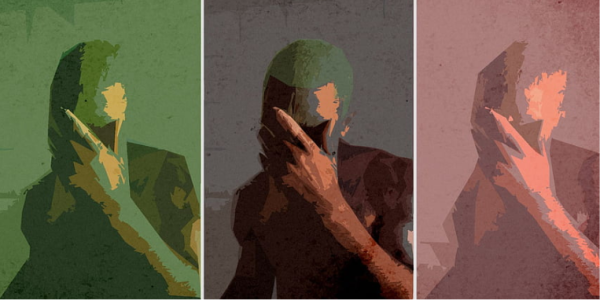Why Pokémon?
We can start with some slight context about this very admired game known as Pokémon. Pokémon was invented by a Japanese man named Satoshi Tajiri. In 1982 Tajiri began a gaming magazine called Game Freak with his friend Ken Sugimori. Eventually, Tajiri would start to design his own video games instead of writing about them in the magazine.
Pokémon was initially known as “Pocket Monsters” when the idea was first pitched to Nintendo. After they accepted the concept, Tajiri began working with video game designer Shigeru Miyamoto to design the game. On February 27, 1996, the first “Pocket Monsters”—Red and Green—was released for the Gameboy in Japan. The game would later be released in the United States in 1998 and a year later in the UK as the Red and Blue version. The game’s name was also shortened to “Pokémon.” Since the original Red and Green/Blue version, seven more generations of the game have been released. These include Gold and Silver, Ruby and Sapphire, Diamond and Pearl, Black and White, X and Y, Sun and Moon, and Sword and Shield. Since the creation of the game, about 898 species of Pokémon have been created to go along with all the new versions that were being released. With all the new characters came the catchphrase “Gotta Catch ‘Em All!”
Pokémon has since evolved into more than just a game that came in versions. In 1997, it was adapted into an animated TV series in Japan (with 23 series in total since then); it was also adapted into movies, trading cards in 1996, and the most popular app in 2016, Pokémon GO.
Now you may be wondering why the worldwide-known franchise Pokémon has become so popular over the years? The answer could be simplified into one single word: dopamine. Dopamine is a hormone produced in the human brain that causes feelings of satisfaction and fulfillment. The game provides its players with this so-called satisfaction, and it becomes addictive, resulting in players craving to play this game.
It is essential to look at how the addiction and effect that Pokémon has left on our society has changed people’s perception of the world. After the popular app Pokémon GO was released in 2016, it changed the way that people view the environment around them. For example, players constantly stay on the lookout for tiny monsters running around. Surprisingly, the group that is affected most by these statistics is people that are 21-25 years old, who make up about 33% of the players. It is important to note that Pokémon was released around the same time that these players were children. This shows that the players and game “grew up” together, furthering its audience attraction.

Hello everyone! My name is Viktoria Brajanovska, and I have returned to the Ubiquity staff for the third year in a row. This year though, I returned as...





